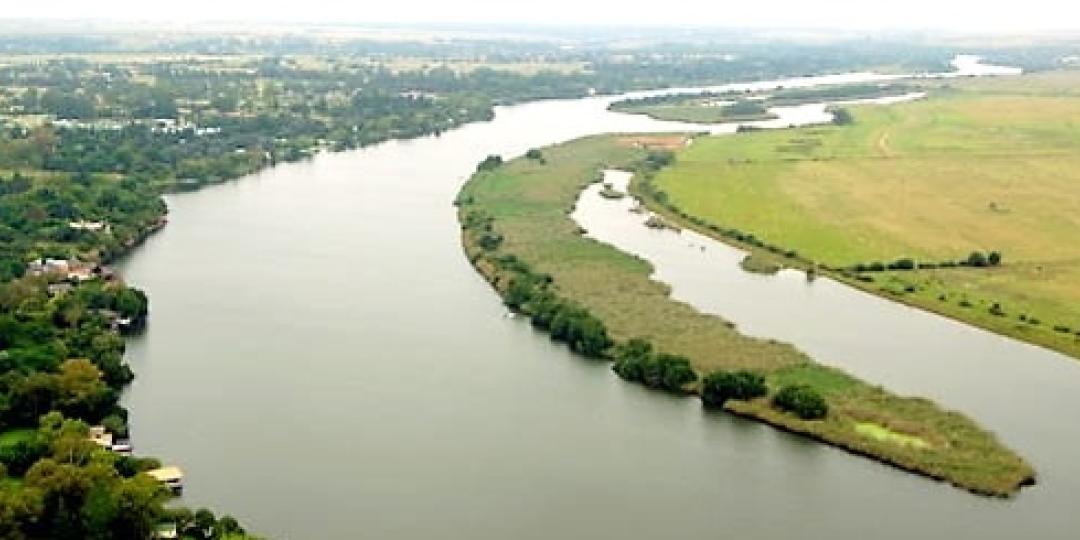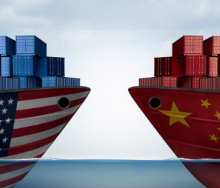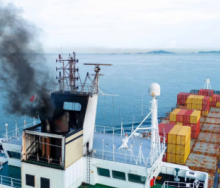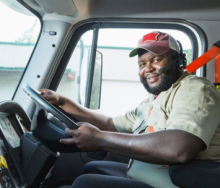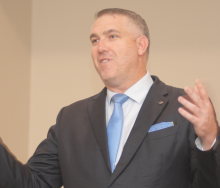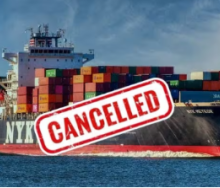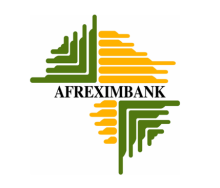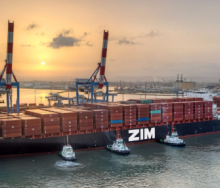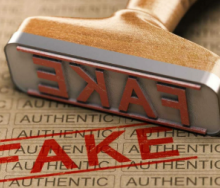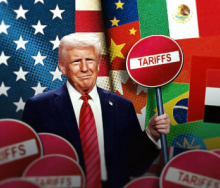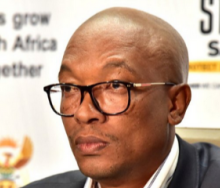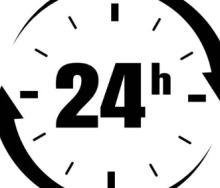One of South Africa’s most important water systems is in severe jeopardy and the status of agriculture downstream on the Vaal River south of the Barrage is in peril of collapsing from out-of-control pollution.
Moreover, the cost of salvaging a system in extreme distress could compromise the cost of sustaining the water quality of Gauteng’s drinking water which is extracted from the same river and supplemented with fresh water upstream by the Lesotho Highlands Water Project.
This past weekend environmental pressure group, Save the Vaal Environment (Save), held a crisis meeting at a river-front venue outside Vanderbijlpark where several community organisations expressed their concern about the status of the Vaal.
Their worry stems from the amount of dead fish that have been floating downstream towards Parys in recent weeks.
In one instance a property owner removed 800 dead carp and other specimens of fresh water fauna from his shore-side home.
An official statement by the Department of Water and Sanitation (DWS) has attributed the abnormal fish mortality to unseasonal oxygen depreciation in the water.
But Save chairman Malcolm Plant slammed the statement as yet more departmental prevarication and dereliction of duty on a long-standing issue.
“The truth of the matter is that the river between the Vaal Dam and Parys is so polluted at present, it retains very little ‘natural’ function.
“It is no surprise fish are suffocating in what has become an open sewer,” Plant said.
Earlier this year Save got an urgent court order against the local Emfuleni council – the eighth such injunction in recent times – in an attempt to force it to do the necessary maintenance work to sewage pump systems.
But the bankrupt council is under administration and the DWS has referred the matter to the National Council of Provinces.
Meanwhile the uncertain phytosanitary status of irrigation water in the affected area has forced farmers to do their own water purification at tremendous cost, placing huge financial strain on a region already hobbled by socio-economic pressures.
Save said infrastructural mismanagement had been ongoing for a decade already, and if the DWS did not intervene the entire Vaal River system could become unsalvageable.
Retha Fitchat, editor of community newspaper Vaal Weekblad, said “fish are dying by the thousands and it’s not just because of oxygen. It’s an old problem that has reached crisis proportions.”
